Following the House MD TV series, we will try to convince you that medicine can be not only a boring and unpleasant business, but also a very exciting pastime. However, in contrast to the popular television characters, we are not going to solve the mysteries of the most unexpected illnesses. We will tell you about the 5 weirdest medical technologies in recent years.
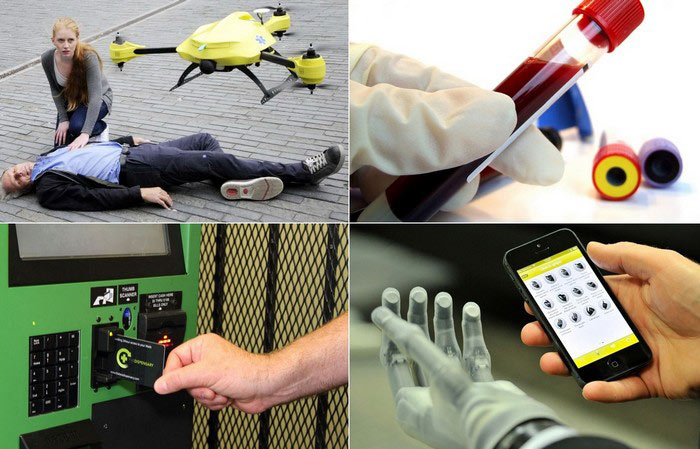
1. Ambulance Drone
Ambulance Drone is a real breakthrough in the organization of emergency medical services in major cities. This technology was developed in the Netherlands, in the famous Delft University of Technology; it allows emergency doctors to use drones to perform their duties.

Ambulance Drone is an unmanned drone that can fly to the sick person a few times faster than an ambulance. This multicopter is equipped with a camera, speakers and several medical devices. Each device is operated by an emergency doctor, who can remotely define the preliminary diagnosis and help people around to treat the patient properly until the real ambulance reaches the place.

For example, Ambulance Drone is equipped with a defibrillator. The doctor on the other side of the screen will tell the people how to use this tool to revive the person whose heart has stopped. It is only in the European Union that a few tens of thousands of people die every year of heart attacks, when medical care is not provided in time. The unmanned Ambulance Drone vehicle can reduce this number by several times.
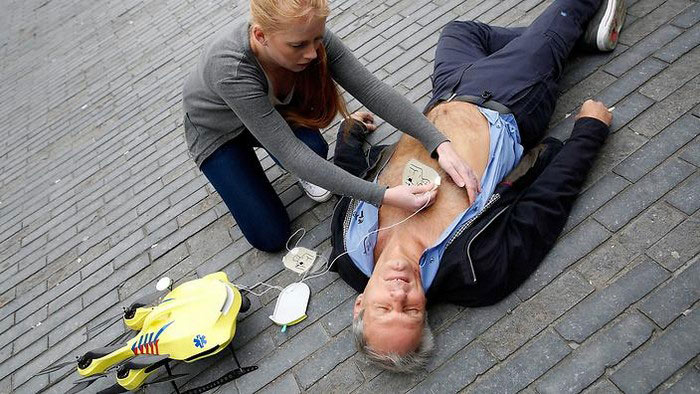
Ambulance Drone creators expect that such multicopters will soon appear in the majority of hospitals in the EU. One device can be used over the area of 12 square kilometers. The cost of medical drones is 15 thousand euros.
2. Artificial Blood
Modern technologies allow producing an artificial heart, artificial kidneys, and artificial limbs for humans and animals. But until now, doctors have not been able to produce artificial blood and therefore had to obtain this vital substance from living donors. But science does not stand still, and in the summer of 2014 a team of scientists from the University of Edinburgh have presented the substance which they called “artificial blood”.

According to the scientists’ statements, this substance imitates the physical and physiological properties of real blood. It can carry oxygen to saturate the tissues with nutrients, regulate body temperature, link various organs and systems due to the signal substances (hormones), and provide water-electrolyte balance, stable operation of the immune system and other important body functions.
The substance created from stem cells can be transfused to people with any blood type. At the moment, the cost of a single dose (450 ml) of this material is 145 euros. However, this price may be reduced by at least two times in industrial production.
The appearance of artificial blood will help avoid the problems associated with the lack of real blood. Of course, the latter is still less expensive than its synthetic counterpart, but there are cases, when it is a matter of existence of this vital substance rather than the issue of its cost.
3. Vending Machines for Medical Marijuana
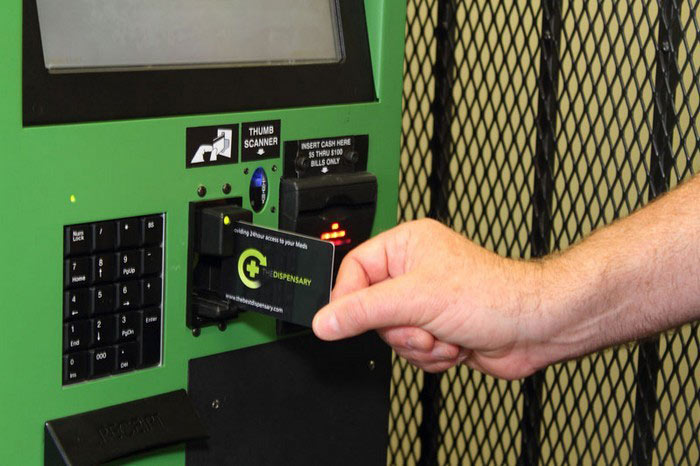
An original way of selling medical marijuana was invented in the United States. There is now a special machine, which can be used to purchase the forbidden substance. However, one needs to get a prescription from a doctor for this purpose.
In a medical facility, the patient is given a unique code for one or more medical marijuana purchases. This multi-digital number should be mandatory to enter on the keyboard of the shopping Autospense machine, while buying marijuana. So a random person will not be able to get it.
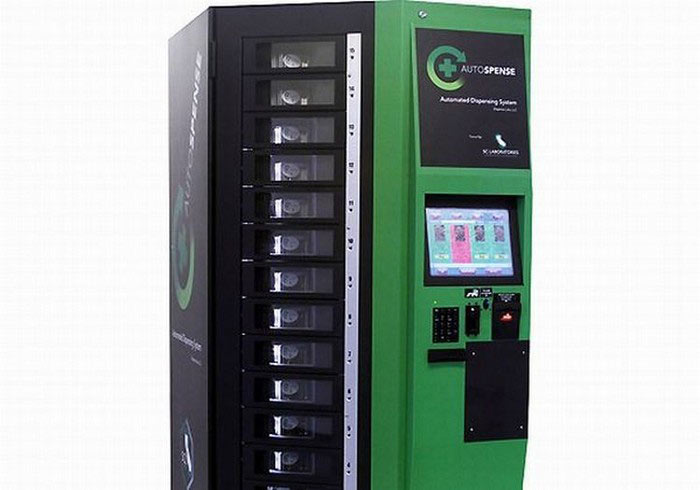
The Autospense vending machine is equipped with several cameras and an alarm system. And if you try to break it, the police will arrive at the crime scene within a few seconds.
4. i-Limb – Prosthetic Bionic Hand Controlled by Smartphone
We live in an era, when “intelligence” becomes typical of very unusual and strange things. For example, phones, sunglasses, watches, clothing and shoes, bracelets, cases, refrigerators, televisions, bicycles and other devices have gone “smart” in recent years. i-Limb is one of the world’s first “smart” prosthetic devices.
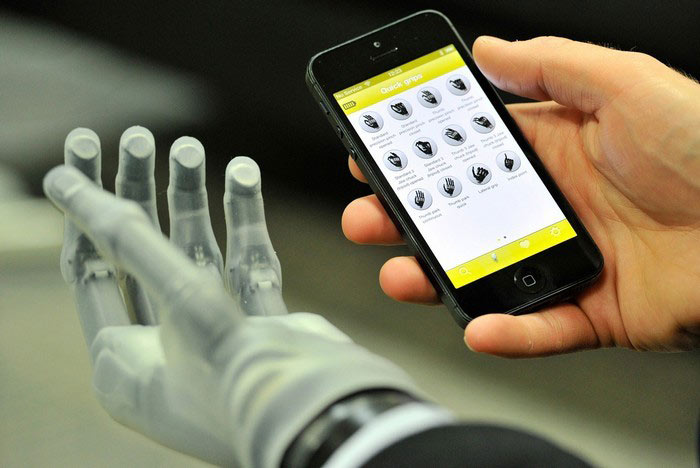
i-Limb is a prosthetic bionic hand, which can be controlled not only by the muscles of the shoulder or forearm, as it is done in other similar electronic devices, but also with the help of a mobile phone.
A person with the i-Limb can download a special mobile application to his/her smartphone that will give the digital prosthesis many additional features. In total, the program knows twenty-four different actions. Under the phone control, the i-Limb prosthesis can tie the shoelaces, take and let go objects, rotate the wrist and fingers in different directions and in different combinations, as well as type on a keyboard.
I-Limb Prosthesis can interact with other devices. It automatically adapts to the size of different objects that it interacts with. But in case of prolonged inaction, the term of which is set at the software level, the prosthesis “relaxes” and stretches not to run down the batteries built into it.
5. Fecal Transplant

The science of transplantation allows varying degrees of success in transplanting internal and external organs from a human to other humans, including the heart and face. But scientists from the University of Michigan have developed a technology that allows transplanting… feces.
Many previous studies have shown that Clostridium difficile bacteria of the Clostridium genus often cause the diseases of the gastrointestinal tract in humans. They appear in the rectum concurrently with long-term diseases that are treated with antibiotics.
The previous methods for combating Clostridium difficile were not always successful. But the above-mentioned researchers from Michigan have found a universal remedy against these dangerous bacteria. They suggest introducing feces from the intestinal tract of healthy people into the patients’ rectum.
After all, studies have shown that a healthy microflora inhibits harmful bacteria and restores the balance of microorganisms in the intestines of a sick person. The success of this treatment is 90 per cent.
The scientists from the University of Michigan are now planning to begin the creation and production of certified medical products, whose operation is based on their unusual discovery. It looks like an enema will be popular again soon!











